Muir and Openwork worked closely with the Victims Survivors’ Advisory Council to design the Victorian Family Violence Memorial, which memorialises those who have tragically lost their lives to family violence. Amy Muir describes the complex and nuanced brief, the vital ongoing consultation work, and the key lessons learnt.
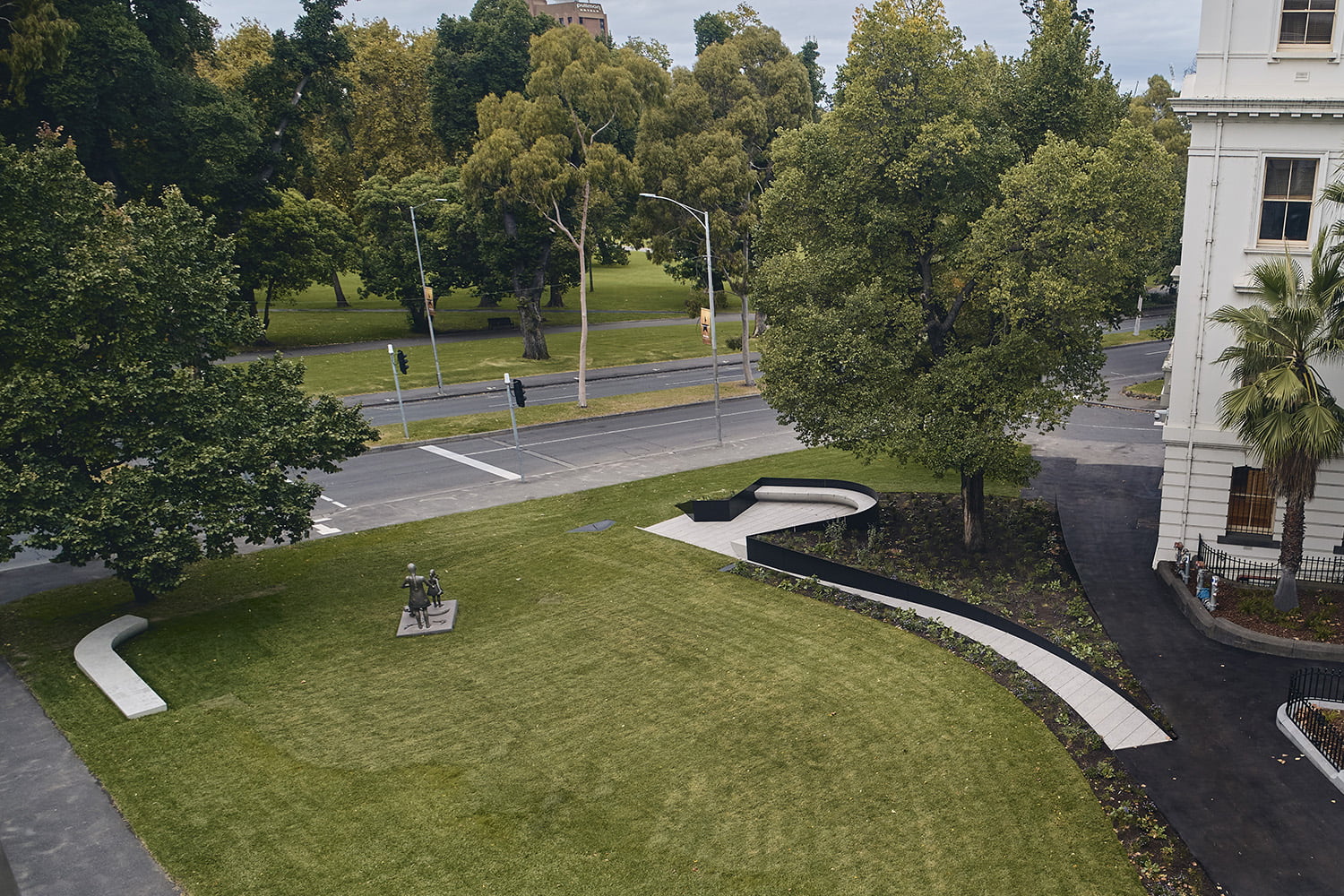
A national conversation currently ensues as to whether we should be recognising the value and equity that results from including the Indigenous voice within the Australian Constitution. This will be decided by the citizens of our country. It is difficult to swallow that this very basic acknowledgement and fundamental advancement in the evolution of this country does not currently have majority support.
It is fast becoming recognised that this same concept needs to be embedded in all procurement methods for the delivery of successful built outcomes. This is not simply about initial consultation but rather about an interwoven collaboration. This is about continuous engagement and accountability to deliver for those who the project is intended for.
Without the voices of lived experience, we can only rely upon assumptions or traditional research. But this is not specific. This is not immediate. This becomes a generalist approach.
We know that men cannot speak on behalf of women. We know that heterosexual people cannot speak on behalf of non-heterosexual people. We know that binary people cannot speak on behalf of non-binary people. We know that non-Indigenous people cannot speak on behalf of Indigenous people. These are givens. Therefore, we need to be cognisant that those with the experience are best placed to provide a voice and guidance regarding the specific issue at hand.
The Victorian Family Violence Memorial resulted from the reforms that followed Victoria’s Royal Commission into Family Violence. In 2016 the Victorian Government recognised the importance of the voice of lived experiences of family violence and established the Victims Survivors’ Advisory Council (VSAC) to represent people of different ages, genders, demographics and communities from across Victoria. The memorial was an idea that emerged from the first Council – to memorialise those who have tragically lost their lives to family violence.
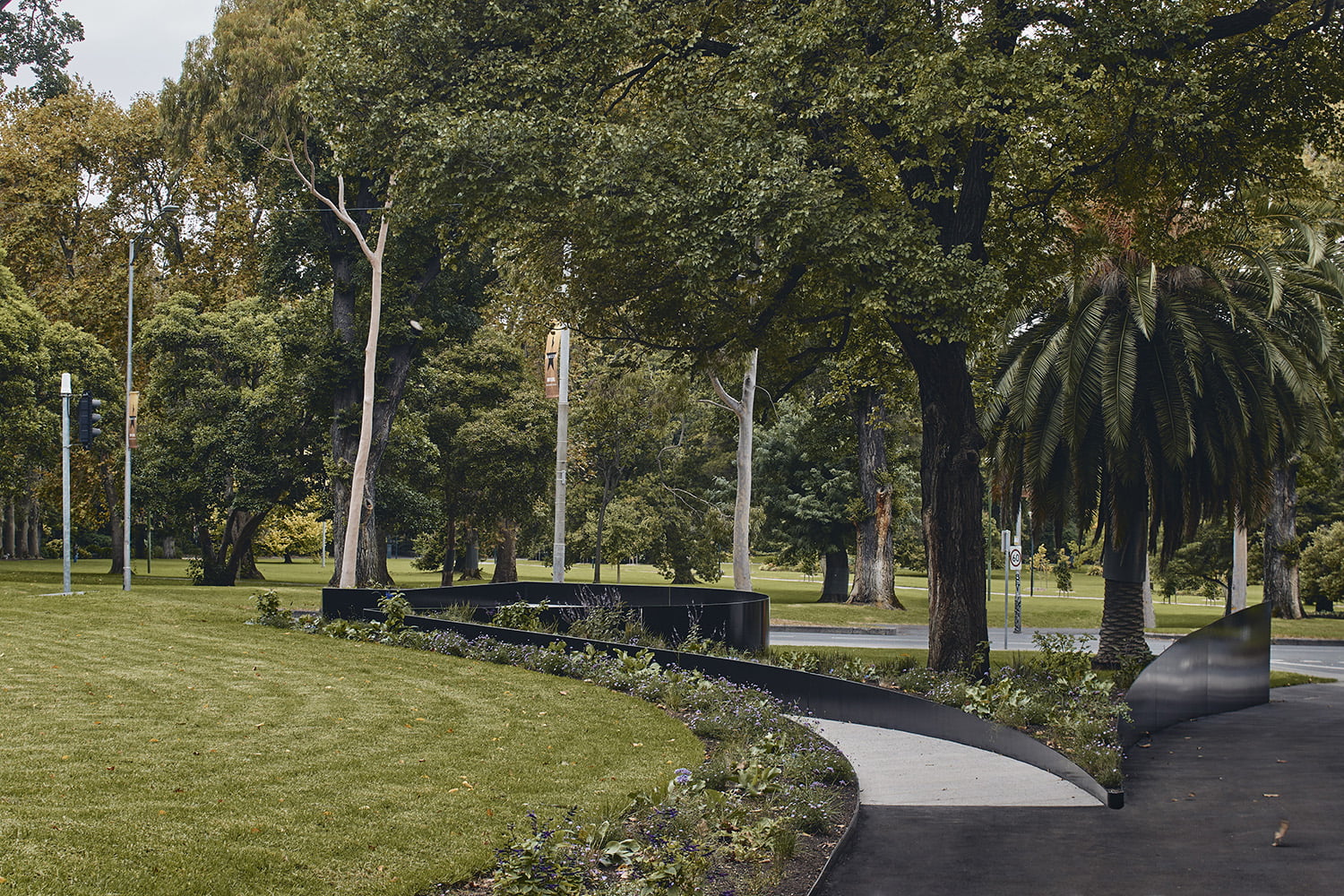
VSAC had a critical role in the implementation of the project, which was funded by the Victorian Government and delivered in a partnership with the City of Melbourne. Two representative members formed part of the project coordination group from the outset.
Prior to our engagement, public consultation took place, including people with lived experience. These insights shaped the approach of the City of Melbourne and the Victorian Government towards what this memorial needed to be. The project briefing documents clearly defined this. This was the first important step to making our job as design professionals far more specific and informed from day one.
At the beginning of 2020, Muir and Openwork were engaged to undertake the design of the Memorial, which was to be sited at St Andrew’s Place Reserve in East Melbourne. A small number of VSAC representatives were involved in the selection of the organisation that would undertake the project.
VSAC members were part of our initial design presentation to the client working group. They remained within the room and attended all meetings from Schematic Design through to the handover of the project at Practical Completion. If we were there, they were there. They were invested in the project. The client was invested in their input. And they supported the presentation of the Schematic Design to the broader VSAC group for their endorsement.
As part of our team, we engaged Indigenous Advisor Sarah Lynn Rees from JCB Architects whose role was to assist with the Traditional Owner engagement process. The project began prior to the Registered Aboriginal Party determination for the area – we spoke with members from the Wurundjeri, Boon Wurrung and Bunurong (with support from the City of Melbourne and the Aboriginal Melbourne team). These conversations underpinned a significant number of the design decisions that were made along the way, informing a holistic design approach to the site and recognition of the land that the memorial sits within. The engagement process also involved organisations Djirra and Dhelk Dja, who support Aboriginal community members experiencing family violence. Their input at the Schematic Design stage reinforced the importance of embedding signifiers of cultural safety within the project.
The brief was complex and nuanced. The memorial would have to do many things but in doing so it would also have to avoid relying upon the obvious and necessary responses that a traditional memorial provides. There were to be no names – an acknowledgement of the immeasurable through a silent void, as there are no firm statistics associated with domestic and family violence. The names keep growing. It is a memorial in motion. A memorial that is not defining a line in the sand. Its role is to advocate, educate. A place to provide support and solace. A space for pausing.
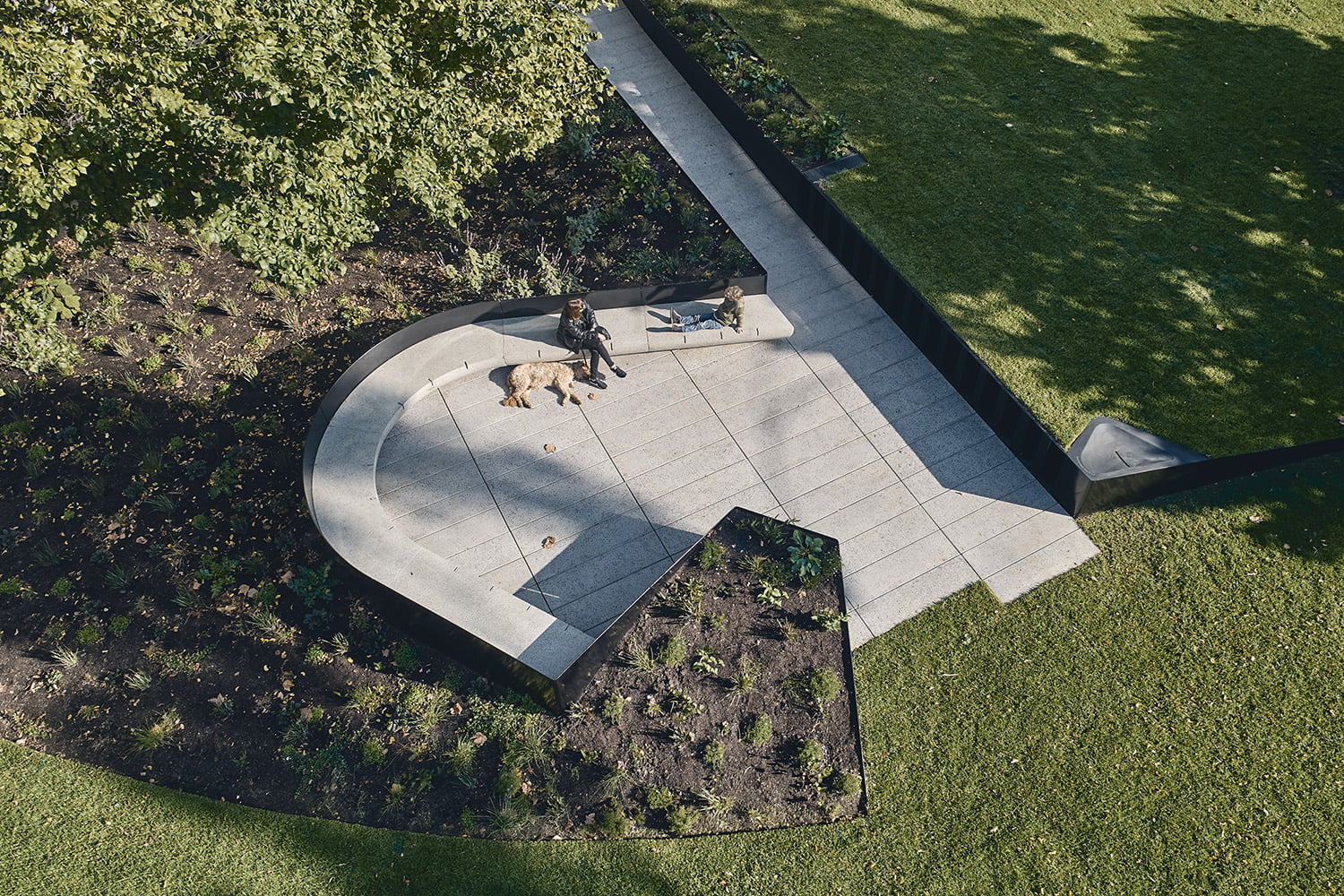
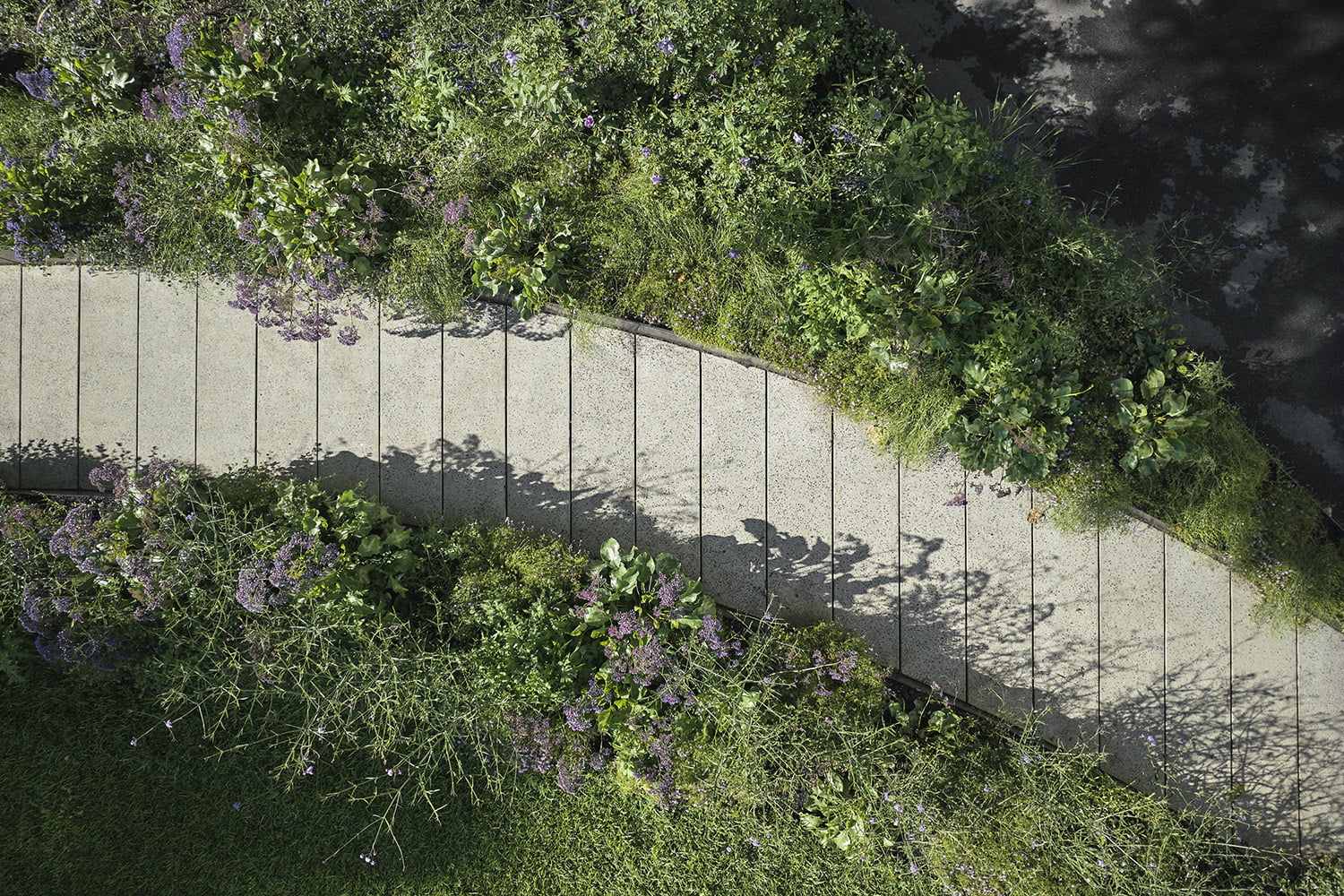
“As a memorial it couldn’t just be located in a time or a place. It had to be a space where everyone could be welcomed, and every one’s experiences acknowledged and indeed every story could be told,” said VSAC Representative Jennifer Jackson.
We learned that family and domestic violence is a societal issue. It touches all sectors of society irrespective of socio-economic status, cultural background or sexual preference. It is embedded. It is shrouded in shame and fear. It thrives on silence and secrecy. People need to be heard and believed.
“We need to feel uncomfortable. Uncomfortableness is the very best way to break through the barriers,” said VSAC Representative Russell Vickery.
What resulted was a project that had been co-designed in the true sense of the word. We listened, they listened. We asked questions, they asked questions. It was a collaboration built on respect. Each person played their part but not as independent entities but rather as part of a team. A collective attitude applied to a collective result. This isn’t simply a built outcome. The embedded narrative that resulted from the process is of time, is of place. It is the voices of those who have lived and who have experienced.
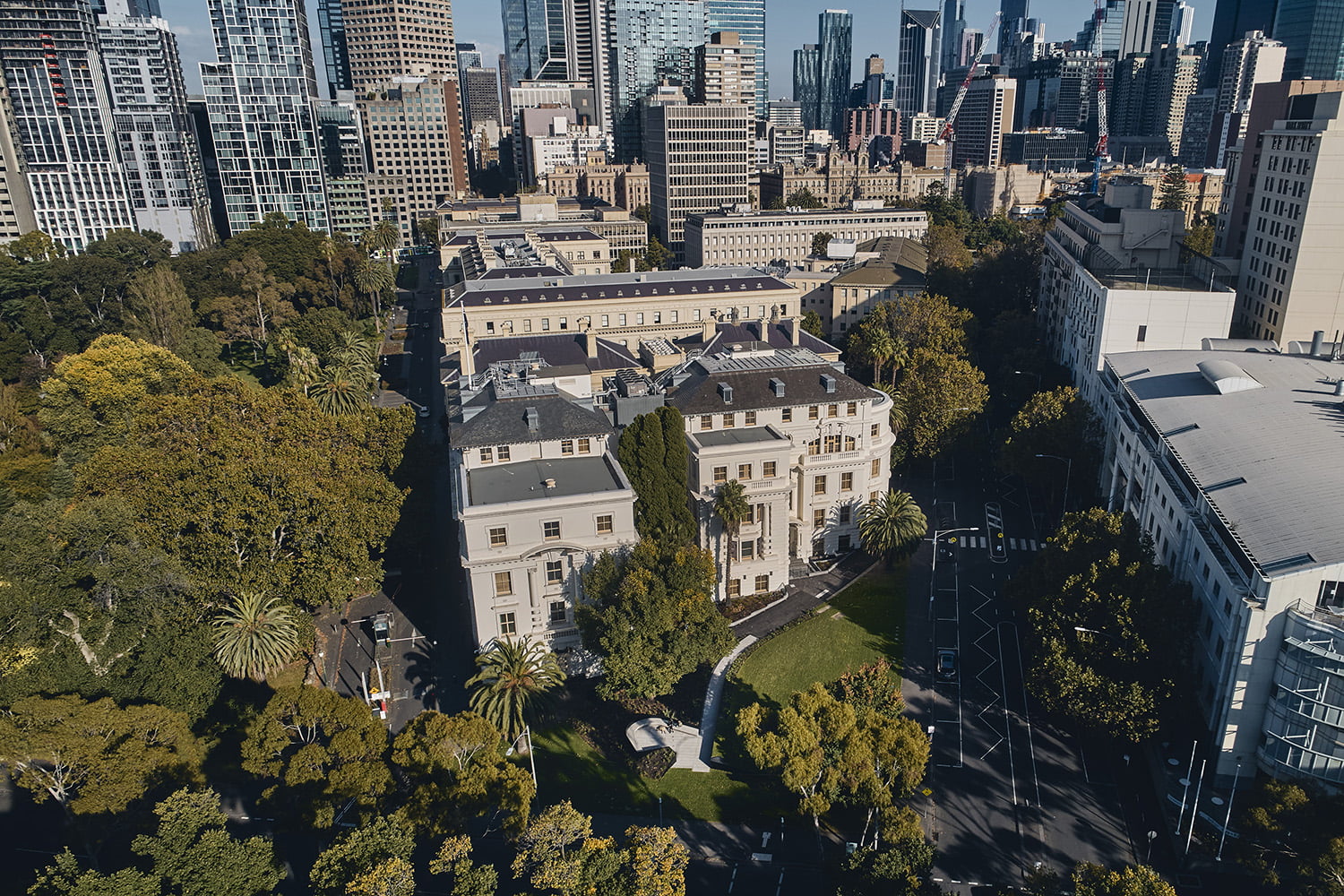
This piece was written in consultation with Mark Jacques – Openwork, Sarah Lynn Rees – JCB Architects, Skye Haldane – City of Melbourne, Sally Hasler – Office for Women, Jennifer Jackson – Chair of VSAC and Russell Vickery – LGBTQI VSAC Representative.
Amy Muir is an architect and director of MUIR, a Melbourne-based architecture practice established in 2016. The practice engages with a range of projects including residential, public and institutional briefs, bringing a sympathetic and strategic attitude to the varying contexts that they work within. The practice is underpinned by a firm belief in project-based research that investigates the language of memory and place. In her previous role as Victorian President of the Australian Institute of Architects and a current lecturer at RMIT University, Amy is committed to establishing strong links between teaching, research, practice and public advocacy.
Photos: Peter Bennetts




















